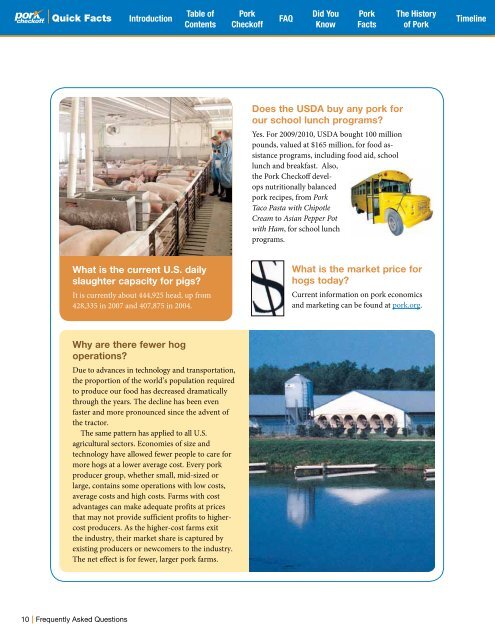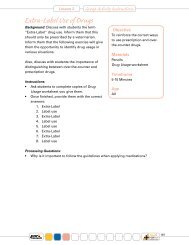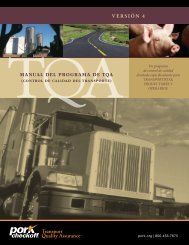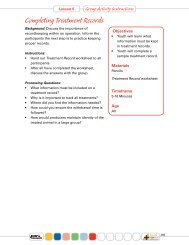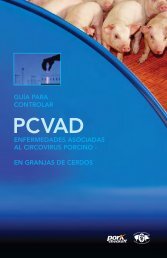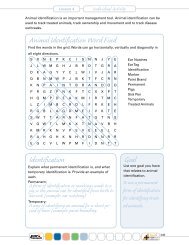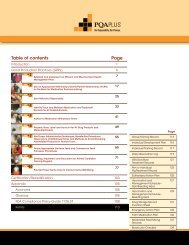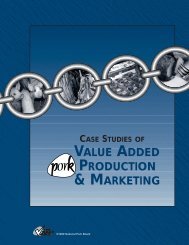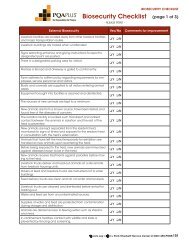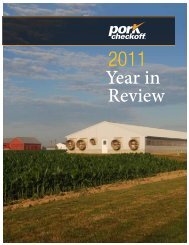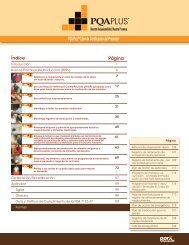The Pork Industry at a Glance - National Pork Board
The Pork Industry at a Glance - National Pork Board
The Pork Industry at a Glance - National Pork Board
You also want an ePaper? Increase the reach of your titles
YUMPU automatically turns print PDFs into web optimized ePapers that Google loves.
Quick Facts<br />
Introduction<br />
Quick Facts<br />
Table of<br />
<strong>Pork</strong><br />
Did You <strong>Pork</strong> <strong>The</strong> History<br />
FAQ<br />
Contents Checkoff Know Facts of <strong>Pork</strong><br />
Timeline<br />
Does the USDA buy any pork for<br />
our school lunch programs?<br />
Yes. For 2009/2010, USDA bought 100 million<br />
pounds, valued <strong>at</strong> $165 million, for food assistance<br />
programs, including food aid, school<br />
lunch and breakfast. Also,<br />
the <strong>Pork</strong> Checkoff develops<br />
nutritionally balanced<br />
pork recipes, from <strong>Pork</strong><br />
Taco Pasta with Chipotle<br />
Cream to Asian Pepper Pot<br />
with Ham, for school lunch<br />
programs.<br />
Wh<strong>at</strong> is the current U.S. daily<br />
slaughter capacity for pigs?<br />
It is currently about 444,925 head, up from<br />
428,335 in 2007 and 407,875 in 2004.<br />
Wh<strong>at</strong> is the market price for<br />
hogs today?<br />
Current inform<strong>at</strong>ion on pork economics<br />
and marketing can be found <strong>at</strong> pork.org.<br />
Why are there fewer hog<br />
oper<strong>at</strong>ions?<br />
Due to advances in technology and transport<strong>at</strong>ion,<br />
the proportion of the world’s popul<strong>at</strong>ion required<br />
to produce our food has decreased dram<strong>at</strong>ically<br />
through the years. <strong>The</strong> decline has been even<br />
faster and more pronounced since the advent of<br />
the tractor.<br />
<strong>The</strong> same p<strong>at</strong>tern has applied to all U.S.<br />
agricultural sectors. Economies of size and<br />
technology have allowed fewer people to care for<br />
more hogs <strong>at</strong> a lower average cost. Every pork<br />
producer group, whether small, mid-sized or<br />
large, contains some oper<strong>at</strong>ions with low costs,<br />
average costs and high costs. Farms with cost<br />
advantages can make adequ<strong>at</strong>e profits <strong>at</strong> prices<br />
th<strong>at</strong> may not provide sufficient profits to highercost<br />
producers. As the higher-cost farms exit<br />
the industry, their market share is captured by<br />
existing producers or newcomers to the industry.<br />
<strong>The</strong> net effect is for fewer, larger pork farms.<br />
10 Frequently Asked Questions


